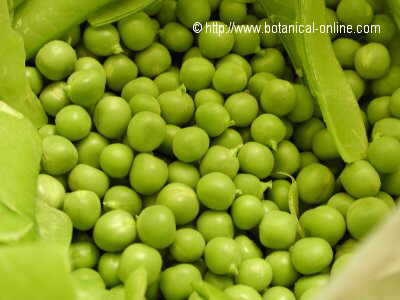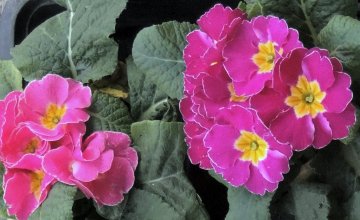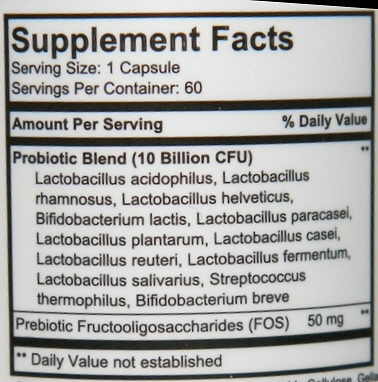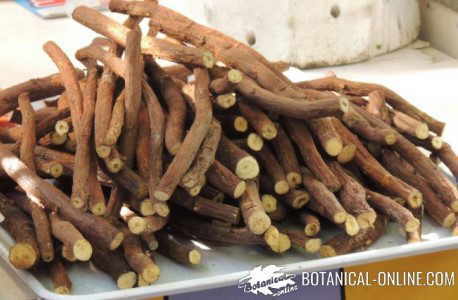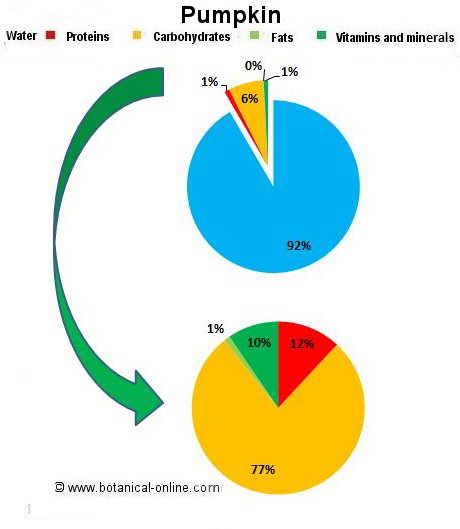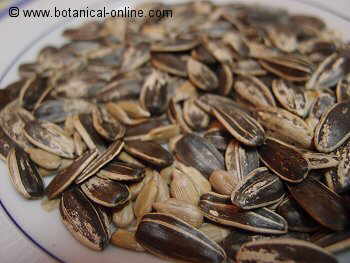Contents
Characteristics of the genus “Betula” (Birch)
What is a a birch?
Common English name: Silver Birch, European white birch, Common
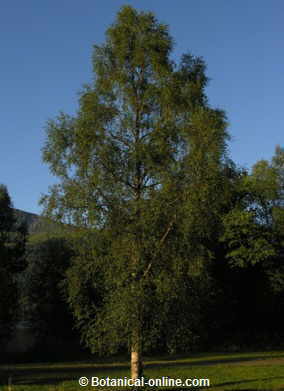
Birch, Warty Birch, European White Birch
Scientific name: The name Betula comes from the Celtic word betu, meaning “birch” and “alba” is white in Latin, a name given by the white color of the crust. The three species of birch have similar properties:
- Betula alba = Betula pendula Roth = Betula verrucosa Ehrh: Silver birch, warty birch, European white birch, East Asian white birch
- Betula pubescens: Downy birch, white birch, European white birch, hairy birch
- Betula lenta = Betula carpinifolia Ehrh: Sweet birch, black birch, cherry birch, mahogany birch, spice birch
Family. Betulaceae
Birches are trees or shrubs of the genus Betula in the order of fagales which includes other trees such as oak, beech, alder, etc. Birches grow in the mountains or in northern temperate zones. Birch (Betula pendula) forms large forests in Scandinavian taiga (in latitudes between 50 and 70 degrees north latitude).
The word comes from the Celtic Birch bitumen, which was the name that people gave to the birch. Some researchers say that the name could come from Sanskrit bhurga, meaning “tree to write” by the fact that the bark of this tree was used as a paper before inventing it.
Description of the European white birch (Betula pendula Roth)
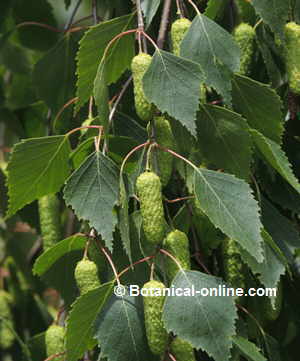
Photo in detail of the leaves and catkins of a birch (Betula pendula Roth)
Deciduous tree or shrub up to 25 m. tall with hanging branches.
Erect trunks of white or gray bark with reddish tones in young specimens.
Ovoid leaves, up to 6 cm, serrated.
Flowers gathered in catkins, the masculine erected in youth and hanging in maturity; the feminine erect.
Pendulous and cylindrical fruits up to 4 cm long that open when mature, ejecting their winged seeds.
* More information: Birch species
What are birches like?
The birch tree presents medium trees or specimens of a bushy form. The latter are more common in high places or in very cold areas. The leaves are simple, alternate and petiolated; they are about 3 to 8 cm and are generally “dentata” (toothed), although there are species with lobes. Many of them are diamond-shaped and often pointed.
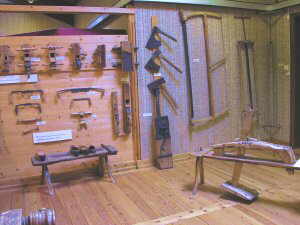
The branches and trunks usually have a more or less clear gray bark, often split into layers as the tree gets older and the lower crust reveals a different color depending on the species. The color of the bark is one of the features that differentiate the various species of birch. Most of them lose this “peel” because underneath this surface crust appears another, the final one. It is characteristic to notice the presence of pores called lenticels on the surface of the birch bark, which allow the upper crust to breathe and make way for the gases to the lower crust.
The bark is rich in oils and components that make it very resistant to the environmental aggressions. This is one of the reasons why this tree can withstand the cold and wind of the northern latitudes.
The birches are trees with separate male and female flowers on the same tree (monoecious trees.) The flowers develop in a plant formations called catkins, which may be erect or hanging, and are formed by grouping a series of overlapping bracts. The male flowers have 2 to 4 filaments and are grouped in trios in the axils of each bract. The male catkins hang at maturity. The female flowers appear in groups of 2 to 3 in the axils of the bracts. Each has an ovary with one egg and two styles. The female catkins are pendent. The fruits have the shape of winged achenes, which encourages them to seed dispersal by wind.
Collecting and conservation
The bark and the sap in early spring. The leaves in late spring.
The buds in early spring or late winter.
Sun-dried bark, leaves and buds in the shade. Save cloth bags or paper bags in a dry and dark.
Components of birch
- Acids: Caffeic, chlorogenic, ascorbic , betulinic and nicotic acids (leaves) The aroma of the plant is due to betulabic acid.
- Flavonoids: avicularin, hyperoside, quercetin, myricetin (leaves)
- Betulin (bark): Betulin or birch camphor, present in the bark (10-15%), is one of the most important active principles of the plant. It is a glycoside with anti-inflammatory, antirheumatic and antiseptic properties.
- Betulinol (leaves and bark)
- Resins (leaves)
- Tannins (very abundant in the leaves – 9 %, and, specially in the bark, bark-20 %)
- Saponins (leaves and bark)
- Methyl salicylate (leaves): When the bark is cooked, the methyl salicylate decomposes into methyl salicylates, compounds with antirheumatic and anti-inflammatory properties.
![]() More information on birches
More information on birches

